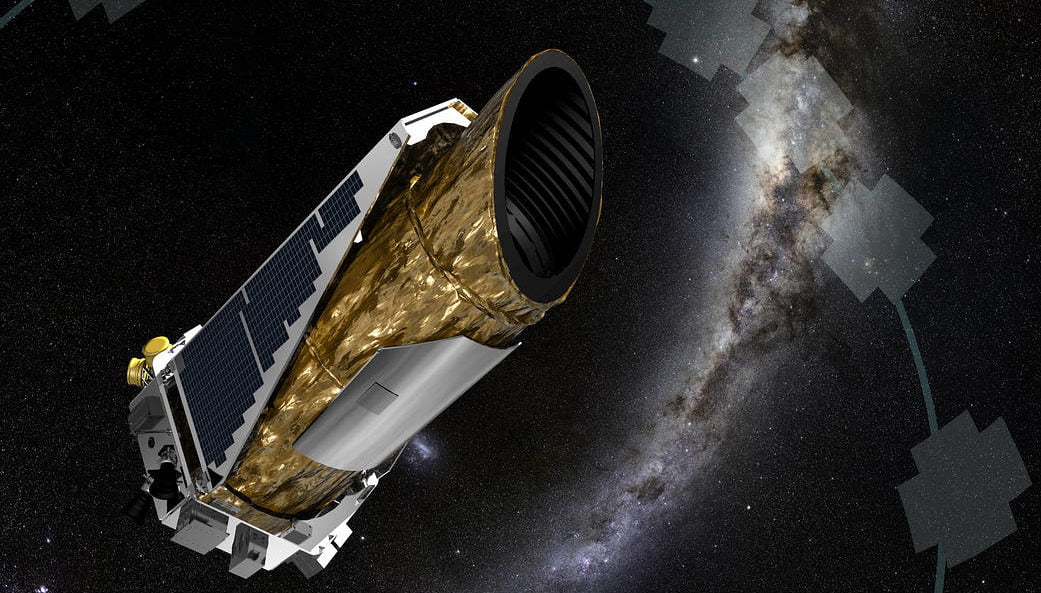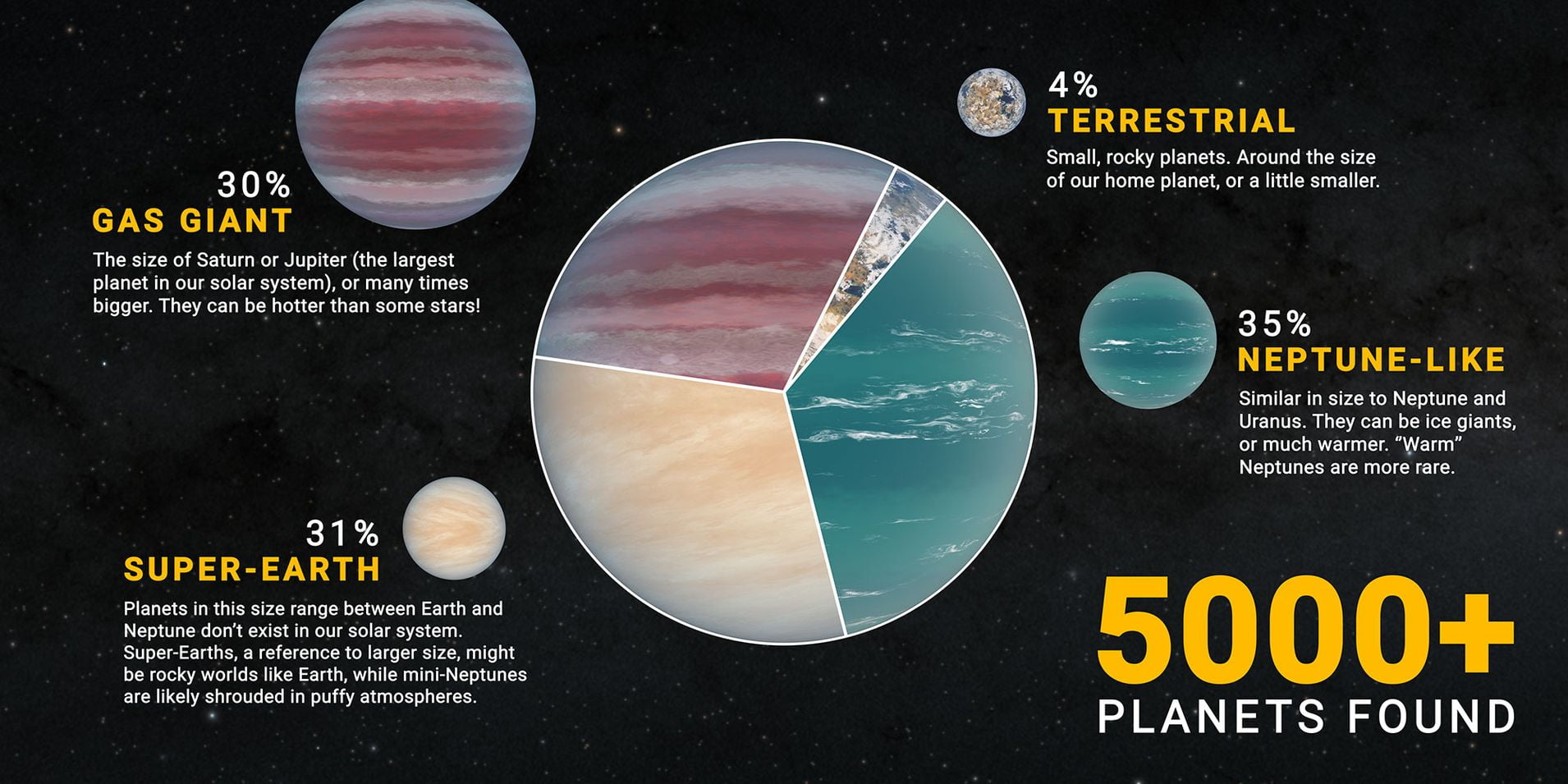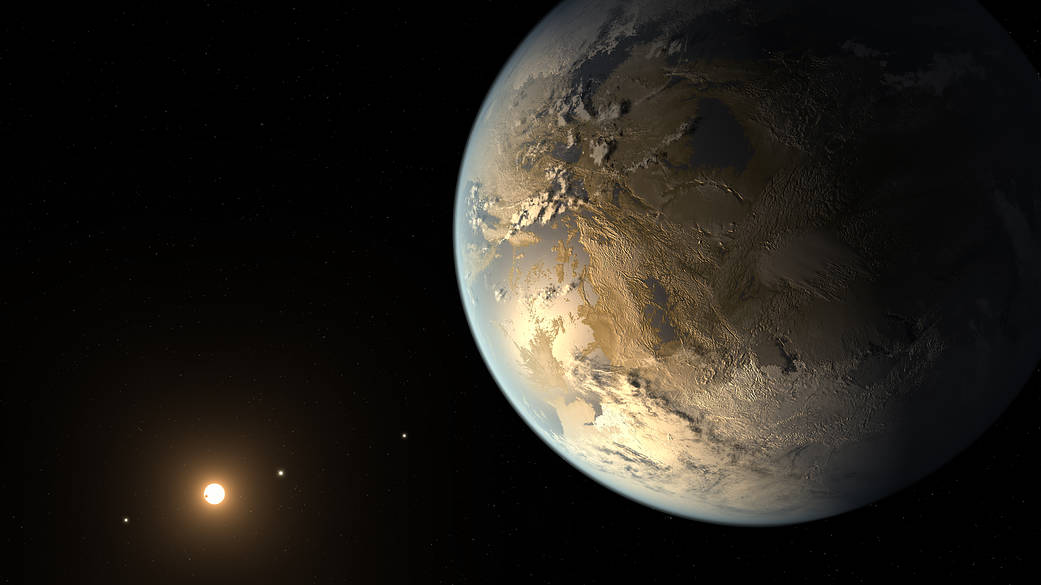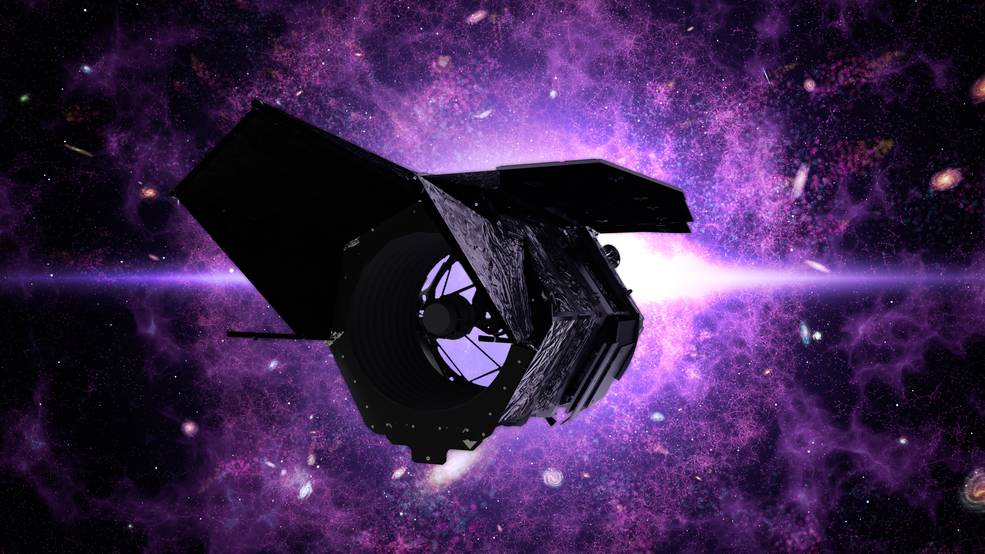NASA recently announced that it’s discovered 5,000 exoplanets, a milestone that’s taken 30 years to achieve.
An exoplanet is a planetary body outside of our own solar system, and the search for them started in 1992 with NASA’s Exoplanet Exploration Program. The program is responsible for discovering and studying planetary systems around nearby suns.
NASA’s used a number of telescopes for the program, including Spitzer, Hubble, and the recently launched James Webb Space Telescope.
“There are a few NASA telescopes that can detect exoplanet atmospheres by directly observing the light that the planets emit or reflect, or light from the star that passes through the planet’s atmosphere,” a NASA representative told MetaStellar. “For the most part, this has been limited to large, hot planets.”
One of the most successful telescopes used by NASA was the Kepler space telescope, which discovered over 2,600 planets.
Kepler was operational from 2009 to 2018 and was designed to survey a part of the Milky Way galaxy to find Earth-size planets that orbited other stars.
A new mission, Transiting Exoplanet Survey Satellite, was launched aboard a SpaceX Falcon 9 in 2018 to continue the search for exoplanets, and it’s confirmed nearly 200 exoplanets so far.
The Transiting Exoplanet Survey Satellite studies stars that are 30 to 100 times brighter than Kepler surveyed and it also covers an area of sky that’s 400 times larger.

Out of the 5,000 discovered exoplanets, only four percent are rocky worlds about the size of Earth or smaller, and their compositions are the most like our home planet.
The rest of the celestial bodies range anywhere from cold micro-planets to gas giants like Jupiter and Saturn.
None of these exoplanets are nearby. The first exoplanets discovered in 1992 by astronomers Aleksander Wolszczan and Dale Frail are located 2,300 light-years from the Sun in the constellation of Virgo. They’ve been named Poltergeist and Phobetor.

Finding these planets doesn’t mean they’re reachable, hospitable, or contain life – intelligent or otherwise.
The exoplanets may not even be in the Goldilocks zone, or the habitable zone around a star with the right temperatures for water to remain liquid.
Scientists hope that discoveries in the Goldilocks zone, like Earth-size planet Kepler-186f, will lead us to water — and possibly life.

Advanced technologies, like artificial intelligence, are joining in the hunt for new planets.
NASA scientists recently added over 300 new exoplanets to the list using ExoMiner, a deep neural network that leverages NASA’s Pleiades supercomputer and can distinguish real exoplanets from fake ones. ExoMiner learns by using information from past confirmed exoplanets and false-positive cases.
ExoMiner discovered the planets from data collected by Kepler which no human was able to validate before, and it was able to show scientists how it came to its conclusions.
“Unlike other exoplanet-detecting machine learning programs, ExoMiner isn’t a black box – there is no mystery as to why it decides something is a planet or not,” said Jon Jenkins, exoplanet scientist at NASA’s Ames Research Center in California’s Silicon Valley. “We can easily explain which features in the data lead ExoMiner to reject or confirm a planet.”
And another telescope is coming to join the search for exoplanets.
NASA’s developing the Nancy Grace Roman Space Telescope, an infrared telescope scheduled to launch by the mid-2020s. It’s supposed to be able to block the light from a star so scientists can detect the light coming from planets around it. NASA says it will be useful in situations where a star is too bright or a planet is too faint for direct unaided observation.
And it will have a field of view that’s 100 times greater than the Hubble infrared instrument, according to NASA.

On average, it is estimated that there is at least one planet for every star in the galaxy. That means there’s something on the order of billions of planets in our galaxy alone, many in Earth’s size range.
We count among our solar system only eight spheres orbiting our sun. Finding 5,000 planets beyond the boundaries of the outermost orbits is quite an accomplishment.
While it took 30 years to discover the first 5,000 exoplanets, advances in technology could accelerate that pace dramatically.
Jim DeLillo writes about tech, science, and travel. He is also an adventure photographer specializing in transporting imagery and descriptive narrative. He lives in Cedarburg, WI with his wife, Judy. In addition to his work for MetaStellar, he also writes a weekly article for Telescope Live.

